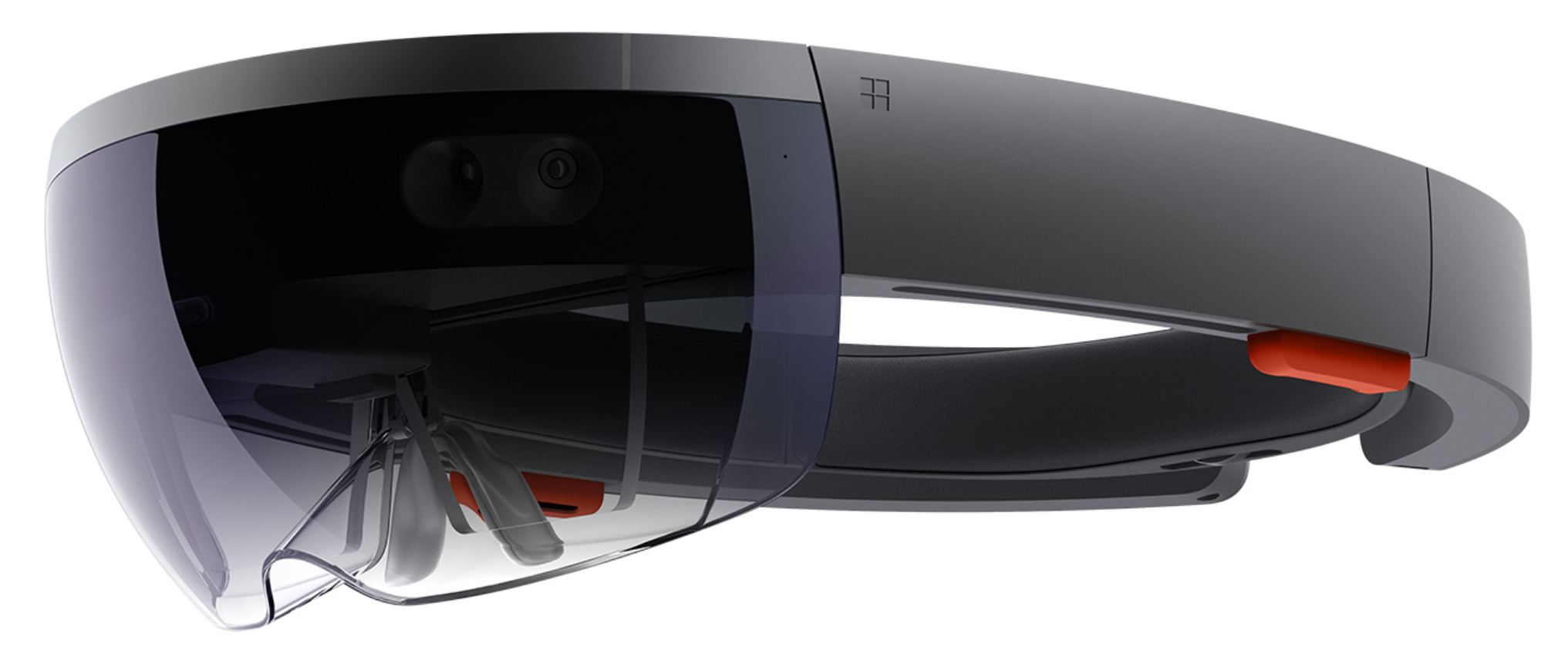
Microsoft HoloLens is helping architects to build better buildings, says RIBA
Architects are constructing better public buildings and spaces in the UK thanks to the growing popularity of cutting-edge technology such as Microsoft HoloLens, the industry’s professional body has said.
Switching from pens and paper to mixed-reality headsets, cloud computing and digital collaboration tools has transformed how architectural firms operate. This allows staff to build more appealing buildings, benefitting the public, the Royal Institute of British Architecture (RIBA) stated.
HoloLens enables architects to visualise buildings, change the design and ensure the structure is safe through holograms. They can also expand the hologram to such a scale that the architect can walk inside to check internal parts of the structure, flagging potential issues using hand gestures or their voice.
RIBA, which represents architects across the world, teased research it had conducted with Microsoft revealing the scale of digital transformation in the industry. The study, of which the findings will be revealed imminently, unearthed that more than half of architects believed digital technology had changed how building projects are delivered. As a global leader in these types of technology, Microsoft is directly helping architects build better buildings.
“Businesses used to process data historically, manually processing information on spreadsheets that looked at the past,” Alex Montgomery, Internet of Things (IoT) and Advanced Analytics Commercial Lead at Microsoft, told an event at RIBA in London. “Now, we can use machines to analyse large amounts of data, and give businesses predictions and recommendations. For example, we could program a system to monitor the temperature in a building and automatically adjust it if it gets too hot or cold.
“We are also seeing this technology used at the construction stage; Microsoft has used tech in helmets to alert workers when they are in a potentially dangerous area.
“There is a lot of interest in IoT across local governments, the construction industry and elsewhere.”
Everything you need to know about HoloLens
However, David Bain, Research Manager at RIBA Enterprises, who unveiled the findings, said there was still a way to go before every company would reap the benefits of embracing technology.
Less than a third of the 100 people surveyed said they were aware of digital transformation and only just over a quarter have a subsequent strategy. Obstacles to technology adoption include cost and knowing which trends and opportunities to respond to.
Dale Sinclair, Director of Technical Practice at architecture, engineering and construction company Aecom, told the RIBA event that technology was crucial in creating modern buildings that reflect the needs of a modern public.
“Buildings have to be more adaptive in the future,” he said. “Healthcare will be the sector to look at for digital transformation. We are redesigning hospitals to be more patient-centric; that means more bikes and electric shuttle buses and fewer cars. That also means robots and humans working together in hospitals to help staff.
“Good data will help with future designs. At the moment, plans are based on one person’s ideas in their head, which in turn is based on memory and experience. With robotics, AI and machine learning, we can use data from a much bigger pool of history and use better judgment. Architects don’t need 2D, they need 3D.”
The event also heard from developers, including Trimble , which has used its SketchUp program and HoloLens to recreate buildings designed by world-famous architect Paulo Mendes da Rocha. He tried HoloLens after being awarded the 2017 Royal Gold Medal by RIBA.
Rather than place users in a fully computer-generated world, as virtual reality does, HoloLens allows users to place 3D digital models in the room alongside them. As the Windows-10-based product does not have wires or external cameras, or require a phone or PC connection, users can walk around the objects they create and interact with them using gestures, gaze and voice.
It has been used by NASA to recreate Mars in its offices, allowing scientists to virtually conduct operations on the Red Planet. Audi, meanwhile, is using HoloLens to communicate with customers and help with engineering; while Saab has called it “transformational”.


